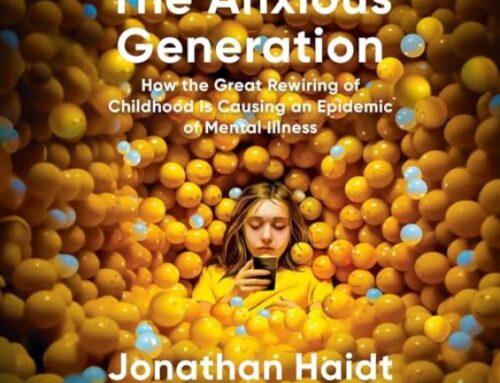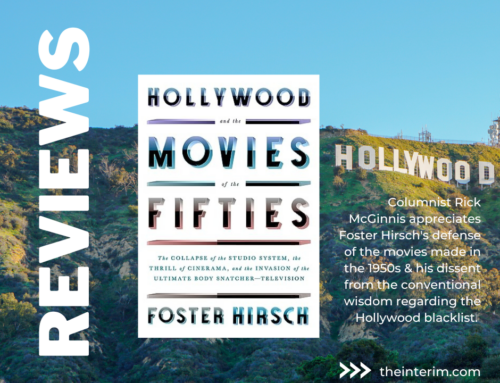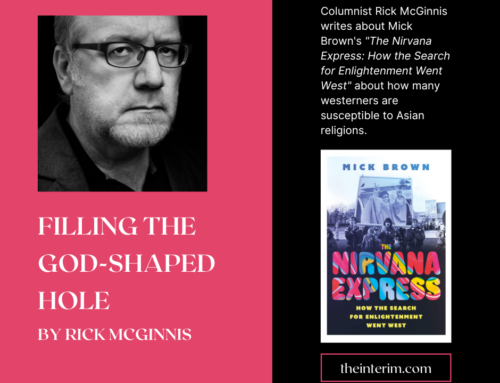Just a few weeks ago, a British art critic named Brian Sewell described, in an article for the Daily Mail newspaper, how he was going to kill himself. “I shall write a note addressed ‘To whom it may concern’ explaining that I am committing suicide,” Sewell wrote, “that I am in sound mind, that no one else has been involved and, if I am discovered before my heart has stopped, I do not want to be resuscitated.
“With this note in my pocket, I shall leave the house and totter off to a bench – foolishly installed by the local authority on a road so heavy with traffic that no one ever sits there – make myself comfortable and down as many pills as I can with a bottle of Bombay Gin, the only spirit that I like, to send them on their way.
“With luck, no one will notice me for hours – and if they do, will think me an old drunk. Some unfortunate athlete will find me, stiff with rigor, on his morning jog.”
Sewell is largely unknown outside of Britain, so there’s no reason for you to be concerned if you’ve never heard of him, but that’s not the point. There has been a lot of talk about suicide lately, usually as part of ongoing debates about euthanasia and assisted suicide, which is to be expected as we’re watching a huge demographic ushered over the threshold of senior citizen status and forced to face their own mortality.
End of life issues are – or should be – as important to the pro-life cause as those at the beginning of life, if only because both debates centre on the value of life, its usefulness, the legal agency of those whose life is at risk, the ethical responsibility of the medical profession, and the health of a society that is being moved steadily from a sacred to a utilitarian viewpoint on the value of life.
Arguing the pro-life position these days often involves debating case-by-case scenarios, a hugely time-consuming battle but one that will, inch by inch, push back the sweeping generalizations and putative scenarios used by proponents of abortion and euthanasia to assume a stolen kind of moral legitimacy. Which is why I’d like to talk about Brian Sewell, the art critic who says he wants to kill himself.
At 82, Sewell does not fit the demographic of the Baby Boomer suddenly panicking at the prospect of a finite life ending under circumstances they can’t control, but as a writer, an aesthete and a gay man, he does conform more or less to our assumptions about a man who has lived the larger share of his life following his own inclinations and urges.
And it’s that terror of life’s final act lived out in circumstances of diminished choice and pleasure that has to be addressed when arguing with adults who demand that doctors deny their oaths, the state provide tacit support, and the rest of us stow away our moral and ethical misgivings because they want to make what is so often called “a dignified exit.”
Putting aside the dignity of a body found on a bench by a busy road, hands gripping an empty pill bottle and what’s left of a fifth of Bombay Sapphire, you have to know at just what point Sewell will have decided his life will no longer be worth living. For him, it’s that point “when drugs prescribed to numb the pain so affect the functions of my brain that all the pleasures of music, art and books are dulled, and I merely exist.”
A lapsed Catholic, a “lapsed Christian” as he has described himself, Sewell tries to argue for suicide as a heroic act, comparing his own roadside demise to soldiers sacrificing themselves to save comrades in Afghanistan or the Battle of the Atlantic. “These are suicides whom we do not hesitate to honour,” he writes. “Surely self-sacrifice and suicide are different only in degree?”
As a critic, Sewell has a fine mind and a surgeon’s eye for the fashionable and the false; his critical beat-downs of artists like Tracy Emin and Damian Hirst are must-reads. Which is why his use of this argument is so disappointing.
A decade ago, Sewell hosted a six-part series for Channel 5 in the United Kingdom called The Naked Pilgrim, where he followed the pilgrim’s trail through France and Spain to Santiago de Compostella, visiting churches and cathedrals along the way, with detours to vineyards and museums whenever fatigue and the nagging of his vestigial Catholicism became too much for him.
Passing through Bilbao, he took himself to the Guggenheim Museum, a Frank Gehry architectural masterpiece that revived the fortunes of the once-dreary industrial town. It was a site of pilgrimage for art lovers and aesthetes who’d know more about Sewell’s work than Saint John the Apostle, and he describes the place in a rapture of superlatives, in thrall to Gehry’s work, which he insists is likely better than most of the art you’d find inside.
“Such a wonderful building can, like a cathedral, lift the spirit,” Sewell said. “But unlike a cathedral, this building is Godless. Its creators do not require us to be good. Art and religion do not do the same things.”
The Naked Pilgrim ends sadly; moved despite his best efforts by the ritual he sees, and touched by the piety and kindness of the pilgrims he meets, Sewell is invited to let Jesus into his heart by young pilgrims at the door of the cathedral. Stubbornly and with palpable regret, Sewell turns away, back to art, away from religion.
Just as art and religion do not do the same things, suicide and self-sacrifice aren’t “different only in degree.” The latter asks us to be good; the former asks nothing, not even that we continue to exist. The end of life often isn’t dignified or pleasurable, but it asks us to persevere, to see what the gift of life finally offers as it slips away. Even if it isn’t much, it does invite those still alive to find their charity, their compassion, and a glimpse of their own life’s end reflected back at them, a final gift of sorts from the dying. And one that likely won’t be given to whoever finds Brian Sewell’s lifeless body on that park bench.





